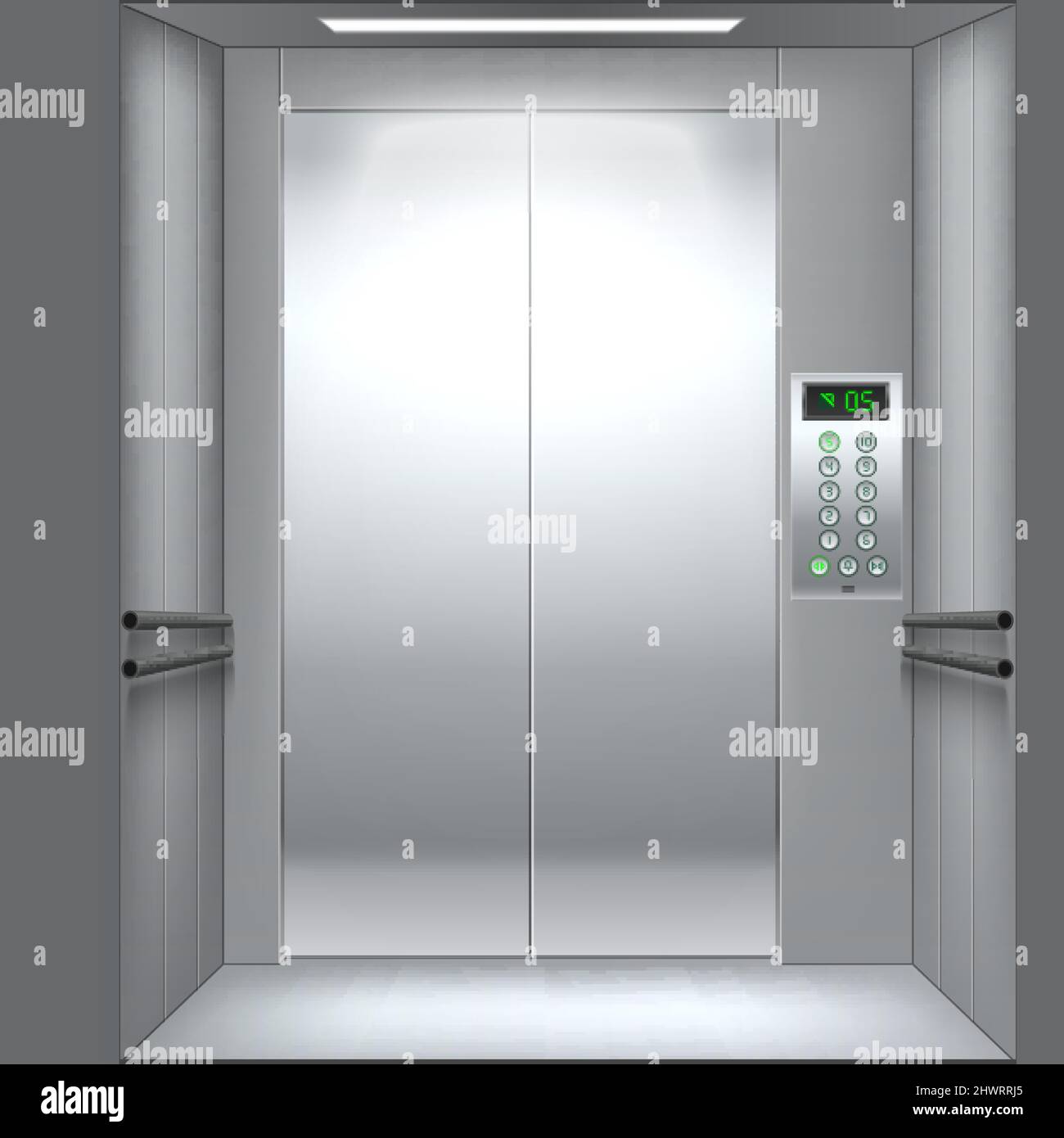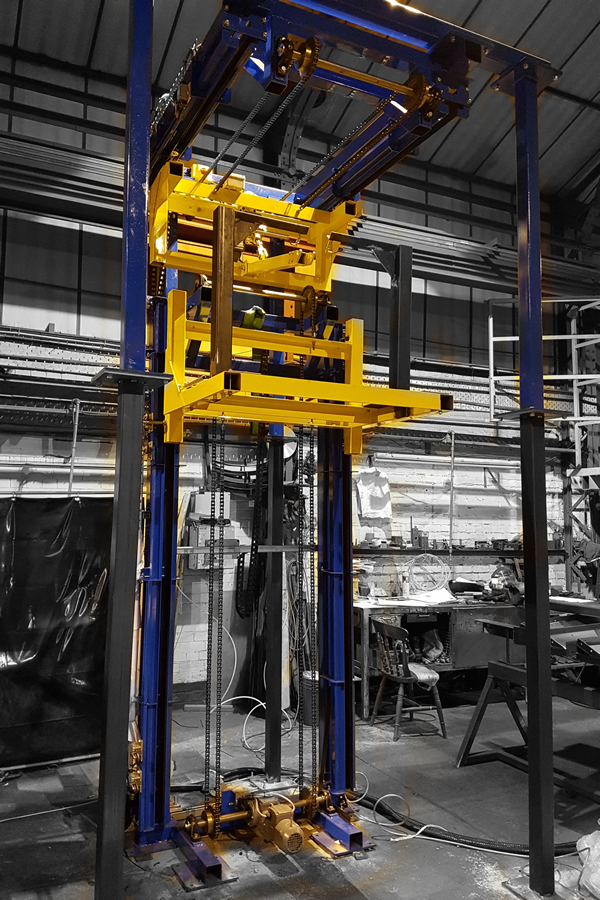We Maintain Lifts with Accuracy: Ensuring Safety And Security and Efficiency
We Maintain Lifts with Accuracy: Ensuring Safety And Security and Efficiency
Blog Article
Looking Into the Globe of Elevators: Common Concerns Encountered by Different Lift Mechanisms
As we browse with the upright transport systems of contemporary structures, elevators stand out as an essential part of our daily lives. From hydraulic lifts to grip systems and machine-room-less designs, each lift kind comes with its collection of common concerns.
Hydraulic Elevators
Hydraulic elevators, usually liked for low-rise buildings, use fluid stress to control the motion of the lift vehicle (lift repair companies). This mechanism includes a hydraulic pump pressing oil right into a cylinder, triggering the lift to relocate the preferred instructions. While hydraulic lifts are known for their quiet and smooth operation, they do feature their very own set of common problems
One common issue with hydraulic lifts is oil leakage. Additionally, concerns with the control system, such as faulty shutoffs or a malfunctioning pump, can create disruptions in the elevator's movement.
Routine upkeep and punctual fixings are important to make sure the smooth performance of hydraulic lifts. By addressing these common issues proactively, building owners can reduce downtime and guarantee the security and effectiveness of their vertical transport system.
Traction Elevators
When considering upright transport systems in structures, an additional usual kind other than hydraulic lifts is the grip lift. Grip lifts operate utilizing a system of ropes and counterweights that move the elevator automobile by gripping onto the hoist ropes. This device enables smoother and quicker vertical transport compared to hydraulic systems.
Among the typical issues encountered by traction lifts is rope wear. The continuous movement of the ropes within the grip system can result in tear and use in time, possibly creating the elevator to breakdown or end up being hazardous for usage. Normal assessments and maintenance of the ropes are necessary to make sure the elevator's correct functioning and safety.
Another concern that traction lifts may encounter is related to the control system. Troubles with the control system can result in concerns such as erratic activity, delays in feedback times, or perhaps full shutdowns. Routine screening and maintenance of the control system are crucial to avoid such issues and make sure the elevator's integrity.
Machine-Room-Less (MRL) Elevators

Among the key parts of MRL lifts is the portable gearless grip equipment that is mounted within the hoistway. This maker effectively drives the lift auto without the demand for large equipment located in conventional traction lifts. Furthermore, MRL lifts normally utilize a weight system to balance the vehicle, more improving their power effectiveness.
Despite their benefits, MRL lifts may encounter challenges associated to repair and maintenance as a result of the confined area for tools installation. Accessibility for servicing elements within the shaft can be restricted, requiring specialized training for service technicians. Correct maintenance routines and regular evaluations are important to ensure the ongoing smooth procedure of MRL lifts.
Overloading and Weight Restriction Issues
Straining and weight limit problems are important problems in elevator operations. Elevator producers style lifts with details weight capabilities to make certain passenger security and equipment longevity.
When elevators are overwhelmed, it places excessive stress on the electric motor, cords, and various other components, potentially triggering breakdowns or break downs. If they identify excess weight, security mechanisms such as sensors lift companies in London and overload sensing units are in location to prevent elevators from moving. Furthermore, going beyond weight restrictions can cause enhanced energy consumption and wear and tear on the lift system.
To minimize straining problems, constructing managers should plainly display weight limits in lifts and educate residents on the significance of adhering to these limitations - lift repair companies. Regular maintenance checks by qualified specialists can also assist make sure that lifts are operating within safe weight parameters. By dealing with overloading and weight limitation concerns proactively, structure owners can improve lift lift repair near me security and effectiveness
Electric System Failures
Exceeding weight limits in elevators can not only lead to mechanical issues however additionally possibly add to electric system failings within the lift facilities. Electrical system failures are an important problem in lift procedure, as they can trigger unforeseen shutdowns, malfunctions, or even safety threats.
Regular upkeep and assessments are vital to determine and deal with potential electric concerns without delay, making certain the secure and effective procedure of elevator systems. By adhering to weight restrictions and carrying out routine electric system checks, building proprietors can mitigate the risk of electric failures in lifts.
Final Thought

Hydraulic elevators, frequently favored for low-rise buildings, utilize fluid stress to control the activity of the elevator car.When taking into consideration vertical transport systems in buildings, an additional typical type aside from hydraulic lifts is the traction lift. Traction lifts run using a system of ropes and weights that move the lift automobile by gripping onto the hoist ropes. Unlike standard elevators that call for a separate maker room to house the tools, MRL elevators incorporate most of the components within the shaft, removing the need for a committed device room.In final thought, elevators deal with usual issues such as hydraulic breakdowns, grip system failures, and electrical system troubles.
Report this page